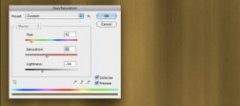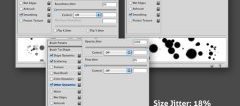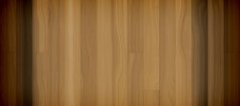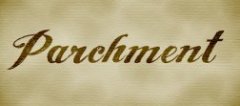 The web is full of free texture resources. Unfortunately, we’ve all used them before and hate all the inherent restrictions that come as a result of using borrowed art. For your next project, why not just use textures that you make yourself from scratch? You skip the restrictions and the end product is much more unique because you’re not using the same resources used by everyone else.
The web is full of free texture resources. Unfortunately, we’ve all used them before and hate all the inherent restrictions that come as a result of using borrowed art. For your next project, why not just use textures that you make yourself from scratch? You skip the restrictions and the end product is much more unique because you’re not using the same resources used by everyone else.
Today we’re going to get you started by teaching you how to use a couple of basic Photoshop filters to create five completely different textures. Each texture should only take you anywhere from one to three minutes to bust out and can therefore be quickly applied without eating up your crucial design time. Let’s get started!
Wood Texture
The problem with realistic wooden textures is that the they’re so organic. It’s easy to make a uniform pattern in Photoshop but elements with lots of subtle detail are much more difficult. Fortunately, through clever application of a few filters, Photoshop can do all the heavy lifting for us. The trick we’ll see below is a mixture of Andrew Houle’s techniques and my own.
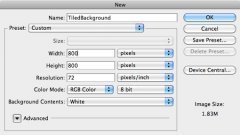 Step 1: Create the Woodgrain
Step 1: Create the Woodgrain
To get started, create a document and fill it with a cloud layer. Now apply a maximum-intensity vertical motion blur to this layer and you should come up with something like the effect below.
Now go into the Filter Gallery dialog and turn on Accented Edges. I like to use fairly low values across the board here as I think it gives it the best effect.
After applying the settings above, you should see some really nice woodgrain effects begin to take shape. This is typically the difficult part that we mentioned earlier, see how incredibly easy it was if you know the right tricks?
In addition to Accented Edges, you can optionally apply some Film Grain as well if you want to go for that gritty look in your texture.
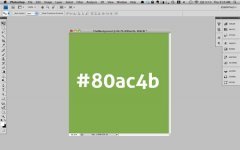 Step 2: Colorize
Step 2: Colorize
Now go to Image>Adjustments>Hue/Saturation and play around with some different color variations for your texture. Make sure you have “Colorize” turned on or this step won’t work properly! I went with 42, 41 and -34 for the sliders but feel free to come up with your own solution.
At this point you’ll either have a nice, wavy woodgrain or something that still looks too uniform and straight. If it’s the latter, use the liquify tool to go in and add some waves (I didn’t use this step this time, but it’s often needed). Finally, sharpen the whole thing a bit to add some definition.
Step 3: Create Panels
If you want your texture to look a little more man-made, try adding in a panel effect. To accomplish this, space out a bunch of vertical black stripes over the top of your texture.
Next, turn off the stripes layer and command click on it to turn the stripes into an active selection. Now click on your wooden texture layer and hit Command-J to make a new layer from the selection. This should give you a layer of wooden stripes, but they won’t stand out from the background at all because they’re essentially just a clone.
To address this, flip the layer vertically and add a slight Inner Shadow. This should give you an awesome and realistic wooden background texture! Top it off with your own Levels Adjustments and shadow effects and you’re read to go.

